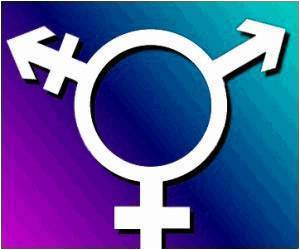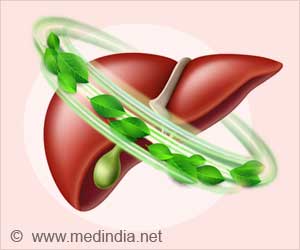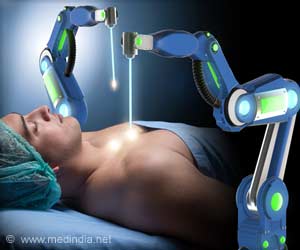A 17-year-old schoolboy here has claimed to have invented a device which can enable a paralysed person to communicate using the muscles of his forehead.
The 'Galbenator' invented by Apurv Mishra has earned him the third position in the engineering category at the recent Intel International Science and Engineering fair at Indianapolis in USA.'The device is based on a new concept of directional displacement of a point on the skin just above eyebrows as a data source,' Apurv said.
The boy developed an advanced forehead skin deformation coding system to analyse the displacement of the positional indicators and found points of maximum displacement.
'When the corrugator supercilli and frontalis muscle on forehead are contracted, the points of displacement are detected. This helps a person operate the device,' he said, adding the data from the sensor was processed and forwarded to the data transmission section.
'Subsequently, the receiver forwards the data to the micro-controller which is used to select and surf the menu.
Finally, it reaches the pre-recorded message that helps a disabled person to communicate with others,' Apurv, a student of the DAV public school here, said.
Advertisement





